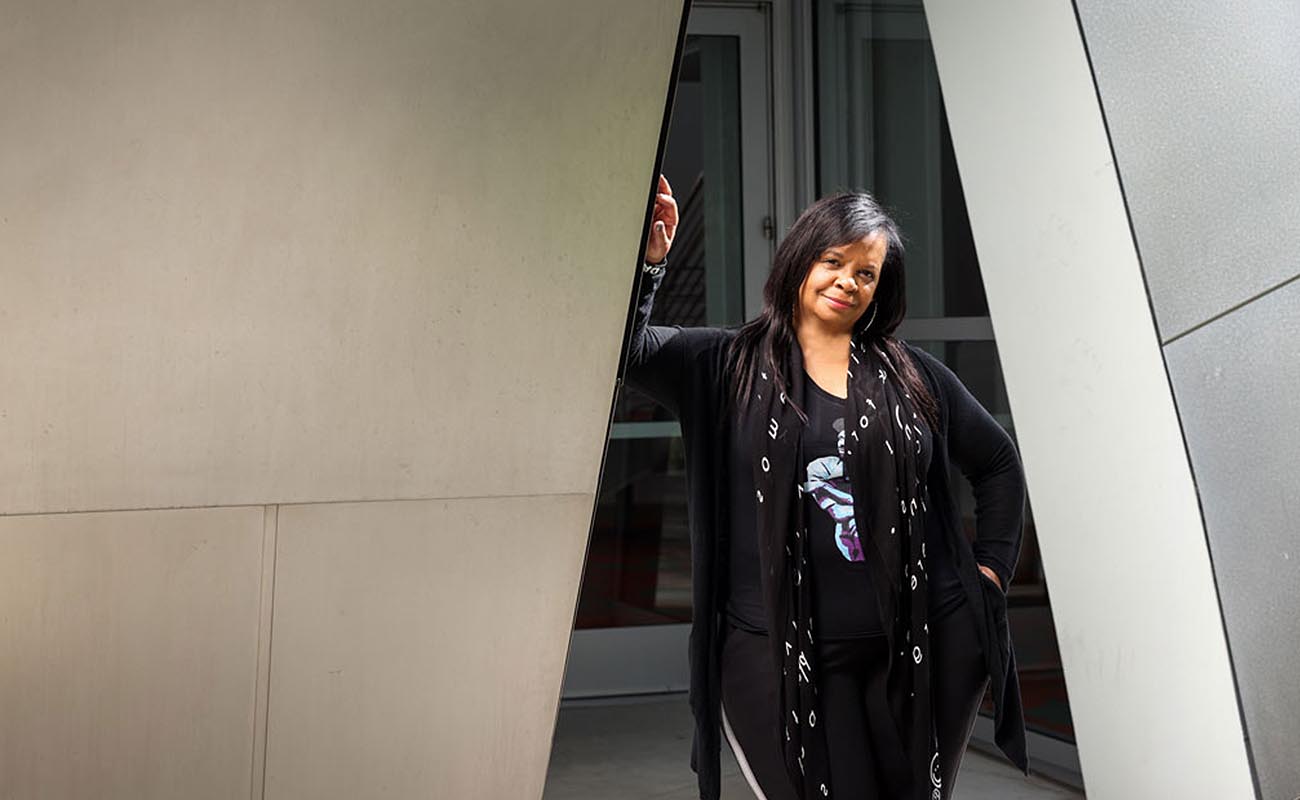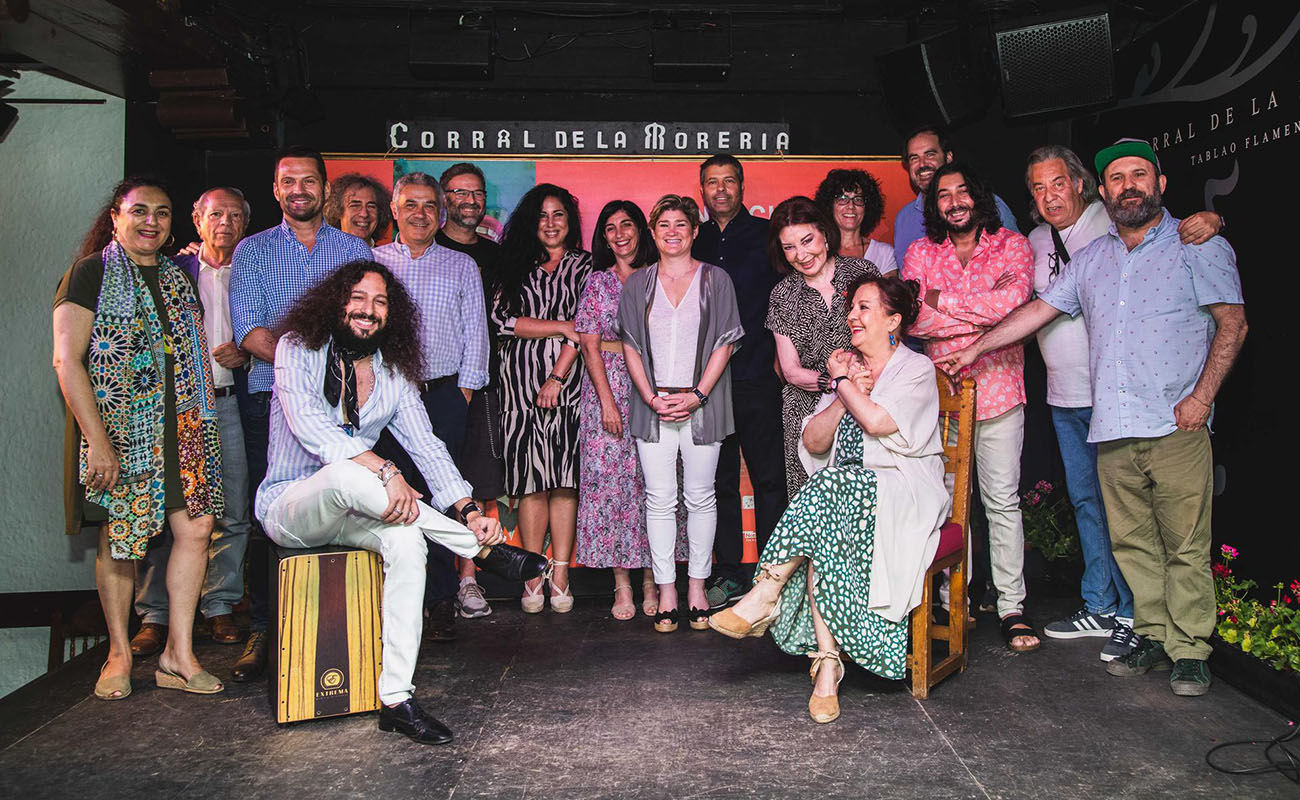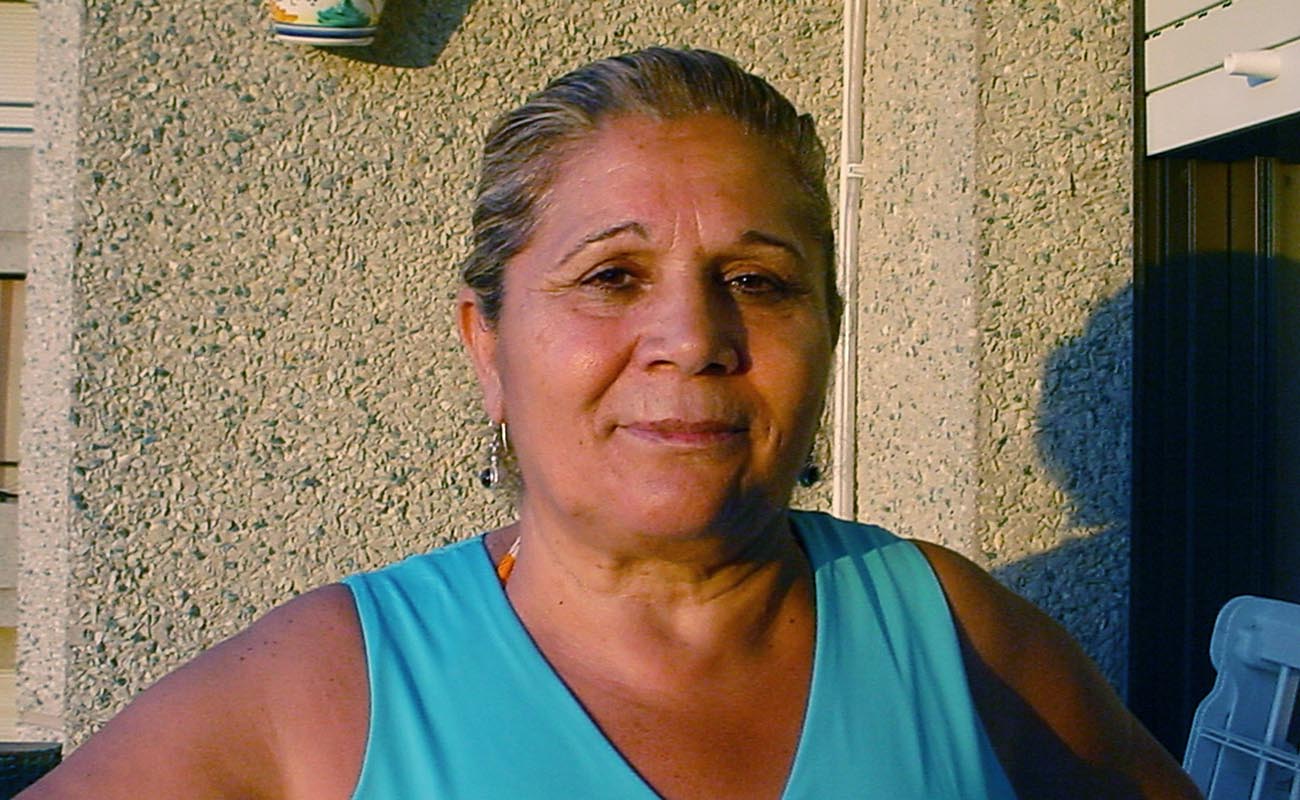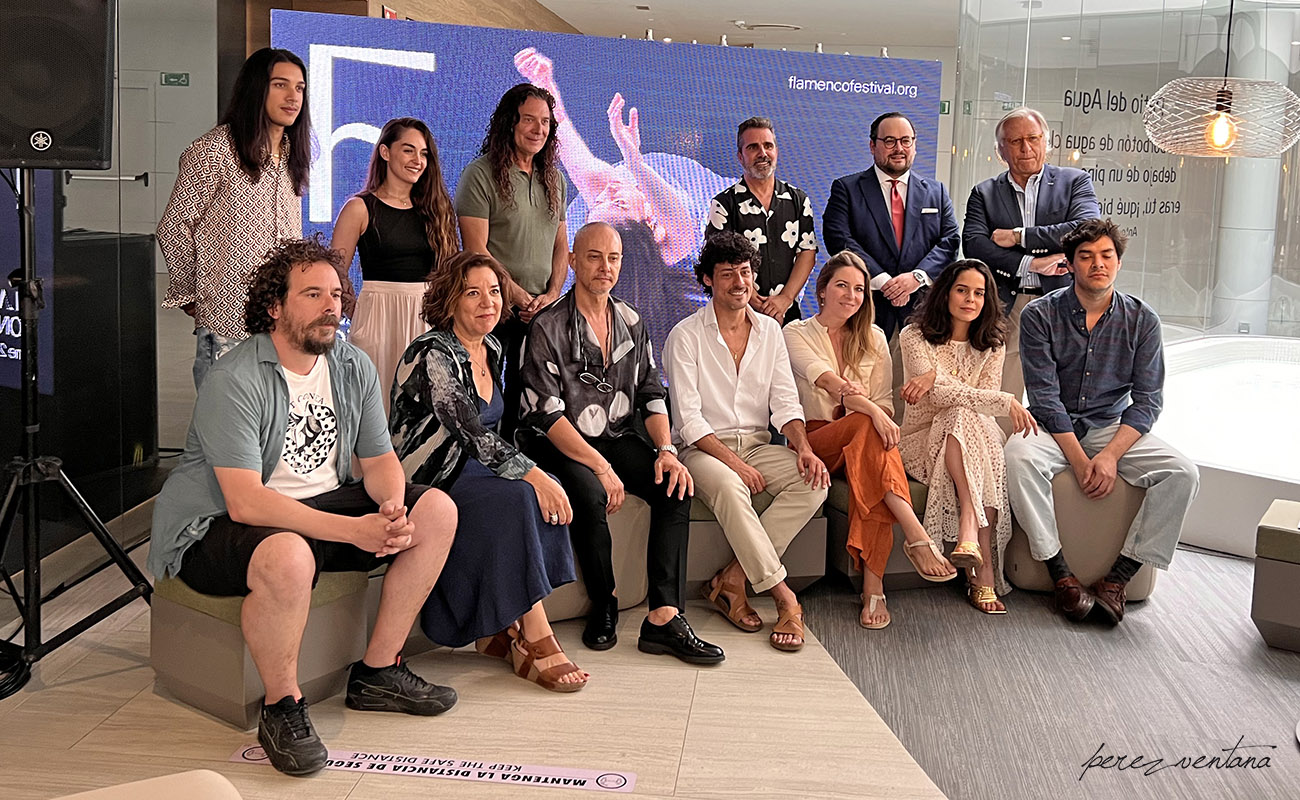Flamenco in southern California – Interview with Beth Nesbitt
For the last decade, a stylish homemaker sort of lady has been one of the prime movers and shakers in the California flamenco scene. Beth Nesbitt has brought major stars from Spain, and managed to survive the disastrous effects triggered by Covid-19. Raised in Connecticut, she discovered flamenco as a child after several visits to Spain, eventually moving to New York.

For the last decade, a stylish homemaker sort of lady has been one of the prime movers and shakers in the California flamenco scene. Beth Nesbitt has brought major stars from Spain, and managed to survive the disastrous effects triggered by Covid-19.
Raised in Connecticut, she discovered flamenco as a child after several visits to Spain, eventually moving to New York. After studying modern dance and violin for many years, her musical tastes gravitated towards a hybrid of jazz, classical and world music mixed with soul, and R&B. But after relocating to Los Angeles, she attended flamenco classes and became “intoxicated” as she says with the art form.
BEGINNINGS
I started my Newsletter while assisting with workshop classes for Cristobal Reyes who was in Los Angeles choreographing for his nephew, Joaquin Cortes, who was performing for the 1999 Oscar Awards Ceremony. I realized early on that a central hub of information was essential to keep people informed and grow our flamenco community. I took this on as my responsibility to flamenco, as no one else was doing anything similar. Thus was born the weekly Vida Flamenca Newsletter, now in its 22nd year.
My objective for Vida Flamenca has always been to support the community of flamenco in Southern California through the distribution of information, workshops and master-classes with visiting artists, performances and educational lecture/demonstrations. Our digital outreach has expanded beyond California. We now attract viewers and participants from all over the world.
THE HOLLYWOOD CONNECTION AND CULTURAL DIVERSITY
There will always be a Hollywood attraction as it continues to be the epicenter for the music, film and TV industries. We are fortunate to have many different cultures in Southern California as well. Flamenco offers the blend of East Indian (Rajasthani), Jewish, Middle Eastern and Roma influences which connect to so many cultures. However, flamenco is still a very “niche” market. The general theater-going audience may be curious about flamenco, but many have the perception of not being able to fully understand performances. I have sought to embrace the universality of flamenco through a focus on dance as a means to connect cross-culturally.
FLAMENCO, CULTURAL INDUSTRY
I was very fortunate to have been invited by Sr. Javier Piñanes Leal, Director of the Office of Tourism of Spain in Los Angeles, the Instituto Andaluz del Flamenco and round table moderator Manuel Macias, director of the Seville Congress and Convention Bureau to participate in the “1er Congreso del Flamenco” in Seville in 2011 with the theme: El flamenco como industria cultural.
As a member of Macías’ panel, I spoke about the expansion of media-based advertisement, and opportunities for flamenco in the U.S. The enthusiastic response from this presentation led to a second invitation two years later in Córdoba. This was an extremely positive experience both for me personally and for audience members looking to connect with entities such as universities throughout the U.S. and producers in smaller cities.
CURRENT PROJECTS, EDUCATIONAL OPPORTUNITIES
Vida Flamenca was asked by Javier Rodriguez Mañas, Director of the Office of Tourism of Spain in Los Angeles, to produce a show for singer Arcángel and his group coming to the U.S. as part of the 2021 Latin Grammy’s© in November. This is an exceptional and rare opportunity to see one of the most important flamenco singers from Spain.
Recently, Southern California audiences have had increased opportunities to see quality flamenco productions including El Cigala who performed here last week. With this exposure, flamenco singing is becoming more accepted by American audiences as part of the flamenco experience.
I’ve been fortunate over the years. Nonprofit status has allowed greater expansion on many levels, including support of youth and adults through master-classes, lecture/demonstrations and workshops. Additionally, for the past few years, Vida Flamenca has included performance opportunities for local professional-level dancers in our productions. This invaluable experience allows some of the best talent in Southern California not only to participate in master-classes, but be mentored by some of the best flamenco talent from Spain.
RED TAPE AND FINANCING
Bringing artists into the U.S. is complicated, especially now with the added Covid-19 requirements. Vida Flamenca does it all, from connecting with artists, creating contracts, booking travel, hotel and all aspects of theater and show management including sound, lighting, ticketing and promotions. Our nonprofit status allows us to fundraise and receive donations and grants. It has been particularly hard these last two years with Covid-19 shutting everything down. I don’t see the immigration system becoming more flexible in the foreseeable future. However, with the support of the Consulate of Spain, and the Office of Tourism in Los Angeles, private donations, small grants and ticket sales, we’ve managed to keep our dream alive.
LOOKING TO THE FUTURE
California is a key sector and an attractive tourism region due to climate, entertainment and cultural mix. Southern California is slowly establishing itself as an important region equal to that of cities such as New York, Boston, Washington, D.C., Miami and Alburquerque – all known for their festivals. I continue to have high hopes for the expansion of flamenco on the West Coast.
The unique environment that fosters flamenco presents a range of challenges in the time of Covid-19. Flamenco is best experienced in an intimate setting with audiences and performers together, and without that connection, many organizations struggle to stay afloat. I sense an eagerness from audiences for live performance and to safely engage and get back out with the public. We may have restrictions and protocols, but we’re moving forward one show or workshop at a time. In Los Angeles or anywhere, we owe it to ourselves to get out and support artists, theaters or small venues any way we can safely do so. The only way we get through this is together.





